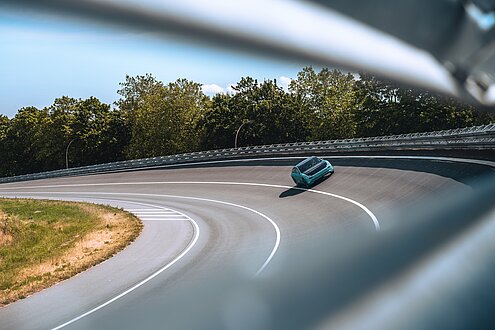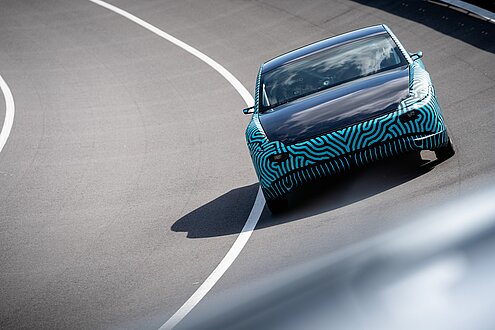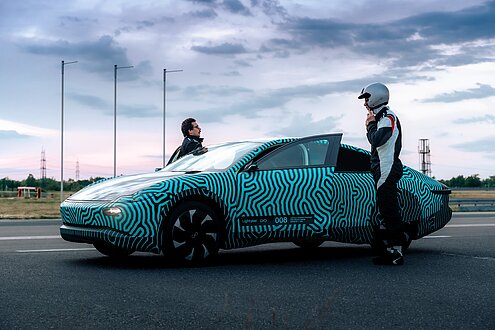Lightyear’s solar car prototype drives 710 km on a single battery charge

Lightyear, the solar electric vehicle pioneer, has achieved a major technology performance milestone by driving 710 km of range with its Lightyear One prototype car. Never before has an electric vehicle driven such a long range on a relatively small battery.
“After four years of hard work and in-house development, this is a very important engineering and technological milestone. It validates the performance of our patented technology and truly shows that we are able to deliver on our promise to introduce the most efficient electric vehicle. This prototype has over 710 km of range with an energy consumption of only 85 Wh/km at 85 km per hour. Even the most efficient electric cars in the market today consume around 50% more energy at this relatively low speed”, says Lex Hoefsloot, CEO and co-founder of Lightyear. “This milestone is a great confirmation of the scalability of our business model. We are confident that in the coming months, we will be able to reach a similar level of energy consumption at highway speed. Lowering the energy consumption per mile of an EV means that you can provide a lot of range on a small battery. Because batteries are the most expensive part of an EV, you can lower the purchase price of the car and achieve affordable electric cars with a lot of range which don’t need a lot of charging. Low-energy consuming cars can also benefit a lot more from adding solar cells to the car and gain about 72 km of charge on a sunny day.”
The prototype car was put to the test at the Aldenhoven Testing Center in Germany, to drive a full drive cycle at a speed of 85 km per hour on a single battery charge of 60 kWh. The integral test ranged from the yield of the solar panels, the battery performance, the energy consumption of the cooling system, all the way to the functioning of the in-wheel motors and the software operating the solar car.
The conducted full drive cycle test is a crucial step to verify and validate all the assumptions of the vehicle’s performance. Beyond the validation of the technical performance of the car, other upcoming tests are related to the homologation process such as the crash tests and an official WLTP drive cycle test.
Lightyear is on a mission to make clean mobility available to everyone, everywhere and is gearing up for the industrialisation and manufacturing of Lightyear One. The concept of a long-range solar car represents a huge opportunity to change mobility, so you can drive for months without charging. An exclusive series of 946 Lightyear One’s will go into production in the first half of 2022. Lightyear wants to address the mass market starting from 2024.



